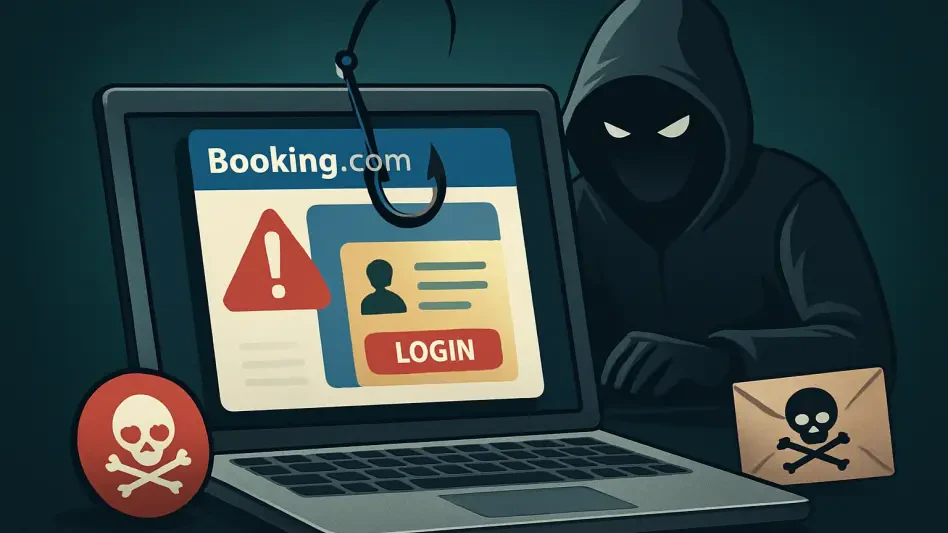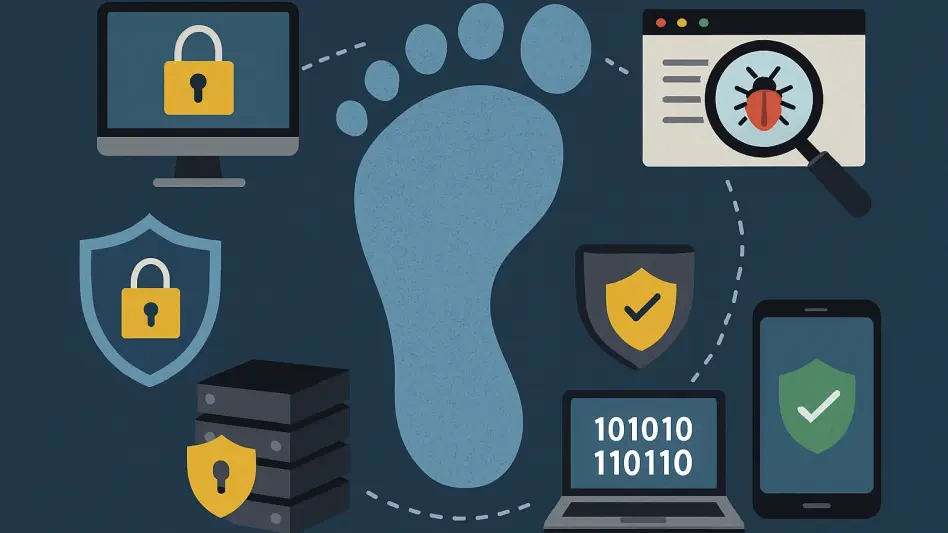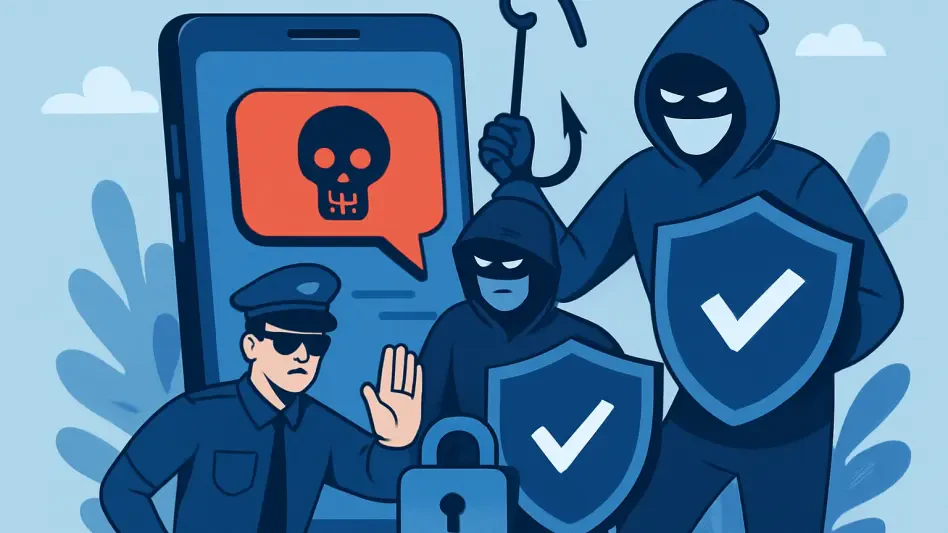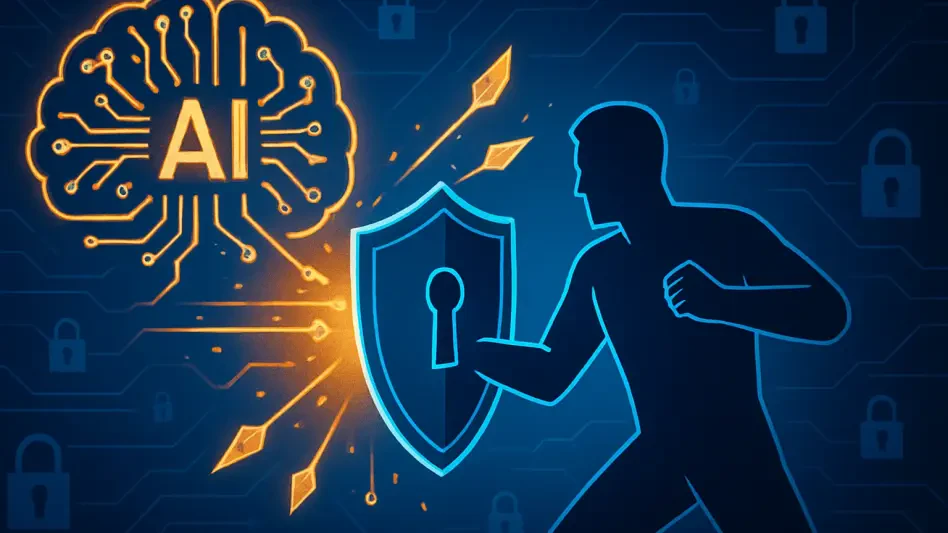In the digital age, as the landscape of cyber threats constantly evolves, it requires companies to continuously update their cybersecurity training programs to stay ahead. Traditional security measures, not necessarily incorrect, have become outdated and increasingly inadequate against sophisticated attacks that exploit human vulnerabilities. This transformation is driven by advanced technologies, such as artificial intelligence and machine learning, which have equipped cybercriminals with tools to create highly targeted and convincing phishing schemes. As the ongoing battle against cybercrime intensifies, the emphasis has shifted toward educating the workforce to recognize threats and respond effectively, thereby strengthening corporate defenses.
Evolution of Cybercrime Tactics
The Role of Advanced Technologies in Cyber Attacks
The rapid advancement in technology over recent years has significantly altered the methods used by cybercriminals, with artificial intelligence playing a pivotal role. These advances allow cyberattackers to craft highly personalized and professional phishing emails, often indistinguishable from legitimate communications. By scraping open-source intelligence from online profiles, attackers can impersonate executives or colleagues, crafting credible narratives that lower the guard of even the most cautious employees. This state-of-the-art technology enables more sophisticated impersonation attacks, increasing risks for businesses and underscoring the need for employees to stay vigilant.
Despite these technology-driven advancements, the primary entry points for cyber attacks have remained largely unchanged. According to recent reports, many incidents still revolve around ransomware, business email compromise, and network intrusions. All these threats rely on human error, like clicking unsafe links or unintentionally handing over login credentials. Thus, even with technological advances, human mistakes remain crucial factors in cybersecurity breaches. This reality emphasizes the importance of training employees to effectively recognize social engineering tactics and other common cyber threats.
Human Error and Entry Points for Attacks
Human error continues to be the backbone of most cybersecurity breaches, exposing organizations to tremendous risks despite technological progress. Studies emphasize that human mistakes, such as falling for phishing scams or using weak passwords, are pervasive, providing attackers with easy access to sensitive data. Traditional security measures, focusing on software and hardware defenses, often overlook the critical aspect of human vulnerability. Organizations face an urgent need to address this by incorporating comprehensive, employee-focused security training into their defenses.
Training remains insufficient if it ends with imparting theoretical knowledge without practical application. Real-world scenarios, such as simulated phishing attacks, offer valuable learning experiences that help employees understand the consequences of their actions. Additionally, as bring-your-own-device (BYOD) practices grow, managing unauthorized devices presents further challenges for IT teams. Enforcing strict asset management protocols and cultivating a workforce capable of identifying potential risks becomes paramount. With employees more reliably identifying suspicious activities, the likelihood of successful breaches decreases, thus curtailing potential damage from cyber threats.
Challenges in Existing Security Strategies
Insufficient IT Asset Management
Effective IT asset management has become increasingly complex with the rise of decentralized work environments and the proliferation of personal devices in the workplace. These factors contribute to difficulties in maintaining secure networks and controlling devices accessing company data. Employees frequently use personal laptops and third-party cloud services, which can bypass conventional security protocols, posing significant challenges for IT departments and escalating the probability of unauthorized access and data breaches.
Streamlining cybersecurity begins with embracing robust asset management tools capable of tracking and managing devices across networks. Solutions like endpoint detection and response (EDR) systems and identity and access management (IAM) tools are instrumental in maintaining visibility into asset usage and thwarting unauthorized access. Implementing a zero-trust architecture—where no devices or users inside or outside the network are automatically trusted—proves to be an effective strategy. This approach strengthens internal security, mitigating risks associated with unapproved devices and enhancing the organization’s overall cyber resilience.
Password Management Hurdles
Password management remains a daunting challenge for cybersecurity, as employees exhibit a preference for memorability over security. This often results in the repeated use of familiar passwords across various platforms, creating vulnerabilities that attackers can exploit. Even after a breach, some users neglect to update their credentials, increasing the threat of unauthorized access to critical systems. Although corporate password managers and single sign-on systems are in place to safeguard user data, the convenience temptation persists, exacerbating cybersecurity risks.
To combat this issue, organizations have deployed additional layers of protection, such as multi-factor authentication (MFA), to hinder unauthorized access attempts. Despite its effectiveness, some employees bypass MFA out of convenience. Therefore, businesses must enforce consistent security policies and foster a company culture that prioritizes robust password practices. Encouraging password heterogeneity, implementing adaptive access policies, and utilizing session expiration protocols can significantly minimize the risk of account takeovers, supporting a safer organizational environment.
Enhancing Engagement in Cybersecurity Training
Evolving Training Methods
Traditional cybersecurity training programs are often perceived as monotonous and ineffective, largely due to the sheer volume of information presented in lengthy sessions that fail to engage employees. This static approach does not resonate with modern learners who face increasing workplace pressures and information overload. Transforming these programs into dynamic, interactive experiences significantly boosts engagement and knowledge retention. Micro-learning techniques, which integrate short, focused lessons into daily routines, allow employees to absorb information over time without feeling overwhelmed.
Training exercises that emulate real-world scenarios, such as simulated phishing attacks, enable employees to practice identifying threats and solidifying their defensive reflexes. These exercises reinforce theoretical knowledge by applying it to practical situations. Furthermore, utilizing tangible, real-world case studies educates employees about past breaches and mistakes, equipping them to avoid similar pitfalls. By adapting to these learning preferences, organizations can instill a culture of continuous cybersecurity awareness that extends beyond traditional training paradigms.
Cultivating a Security-Conscious Culture
The role of cybersecurity training extends beyond acquiring knowledge; it involves fostering a security-first mindset across the workforce. This cultural shift is achieved by integrating cybersecurity into the daily consciousness of employees, encouraging them to treat it as a personal and organizational responsibility. Organizations can leverage free resources and tools from renowned cybersecurity institutions to enrich their training programs, ensuring comprehensive instruction without excessive costs.
Devoting even a small portion of time each month to up-to-date cybersecurity education significantly reduces the risk of costly breaches. Organizations benefit from the investment by cultivating a workforce of informed and proactive employees who serve as the frontline defense against evolving threats. Security measures become ingrained in the company’s ethos, so employees naturally prioritize security at all levels of operation, contributing to a robust defense strategy aligned with the persistent nature of cybercrime.
Forward-Thinking Strategies for Cybersecurity
Adapting to Evolving Threats
Cybersecurity threats will inevitably evolve, necessitating parallel advancements in security tactics and personnel training within organizations. Progressive thinking and agility play vital roles in navigating this ever-changing landscape. Continuous assessment of emerging threats and adaptation to new security technologies offer businesses a comprehensive shield against innovative attack vectors. Organizations must capitalize on this foresight to remain resilient and maintain operational integrity despite challenges.
Forward-thinking strategies emphasize collaboration between departments, aligning security practices with corporate objectives. By embedding cybersecurity awareness into every facet of the organization and holding regular interdisciplinary training exercises, companies ensure preparedness for a broad spectrum of threats. Encouraging interdepartmental communication fosters a holistic view of security, empowering employees to recognize vulnerabilities within their immediate environments and propose practical solutions. This hands-on approach reinforces an organization’s capacity to combat both conventional and unconventional cyber threats effectively.
The Importance of Continuous Adaptation
Continuous adaptation is paramount to maintaining effective cybersecurity defenses over the long term. Cybersecurity is not a static discipline but rather a dynamic field requiring constant vigilance and proactive measures. Regular updates to training materials, informed by the latest threat intelligence and organizational needs, ensure relevance and build a resilient defense. Cybersecurity leaders must embrace a mindset of perpetual learning and improvement, facilitating a self-sustaining security infrastructure.
Investment in cybersecurity extends beyond training alone, necessitating ongoing resource allocation to cutting-edge technologies and innovative solutions. Organizations that remain receptive to adaptation position themselves favorably against the shifting tide of cyber threats. By promoting a forward-focused culture that prizes collaboration and skill development, businesses can remain endlessly adaptable while safeguarding their digital assets. Recognizing cybersecurity as an ever-evolving discipline catalyzes effective transformation, empowering organizations to operate securely amidst constant change.
Shaping the Future of Cybersecurity Culture
In the digital era, organizations face an ever-changing cyber threat landscape, compelling them to constantly update their cybersecurity training programs. While traditional security methods aren’t inherently wrong, they’ve grown increasingly inadequate against more sophisticated attacks, particularly those targeting human weaknesses. This shift is largely due to advanced technologies such as artificial intelligence and machine learning, which empower cybercriminals to develop clever, highly personalized phishing schemes. As cybercrime continues to be a pressing issue, the focus is increasingly on training employees to identify threats and respond efficiently, thereby bolstering company defenses. This approach involves instructing teams to spot suspicious activity and react appropriately. By improving employee awareness and vigilance, firms can fortify their defenses against these threats, aiming to reduce the risk of security breaches and maintain their operational integrity in a challenging digital landscape.








